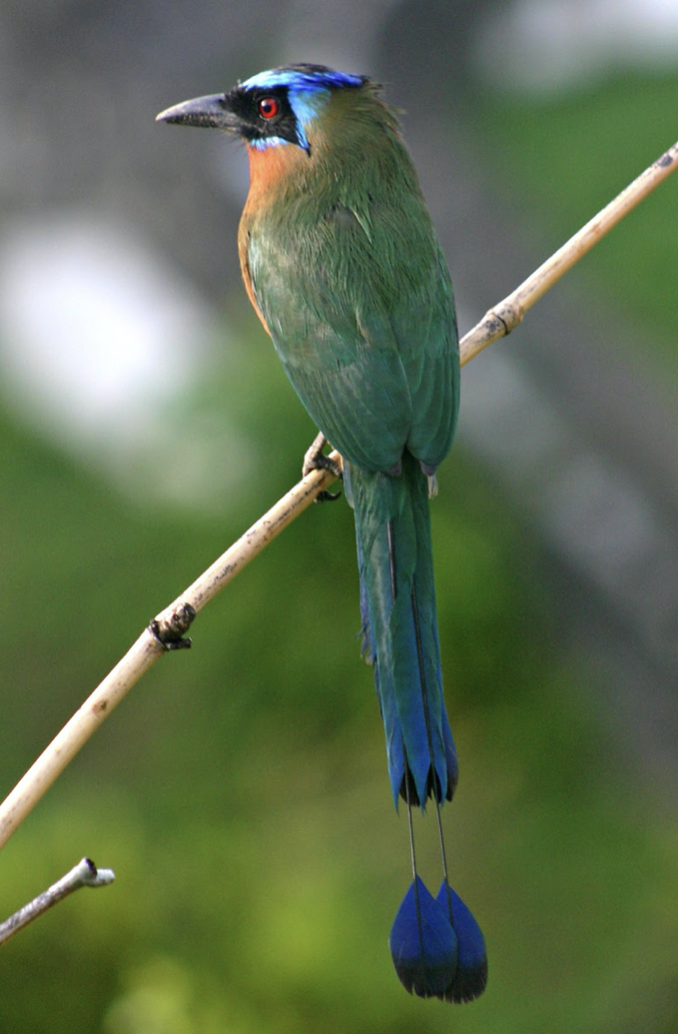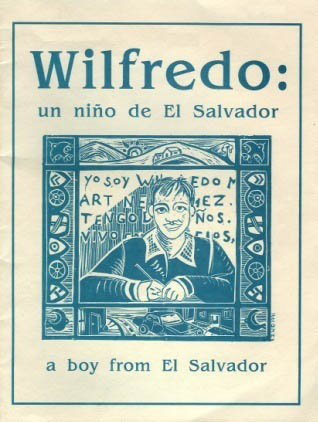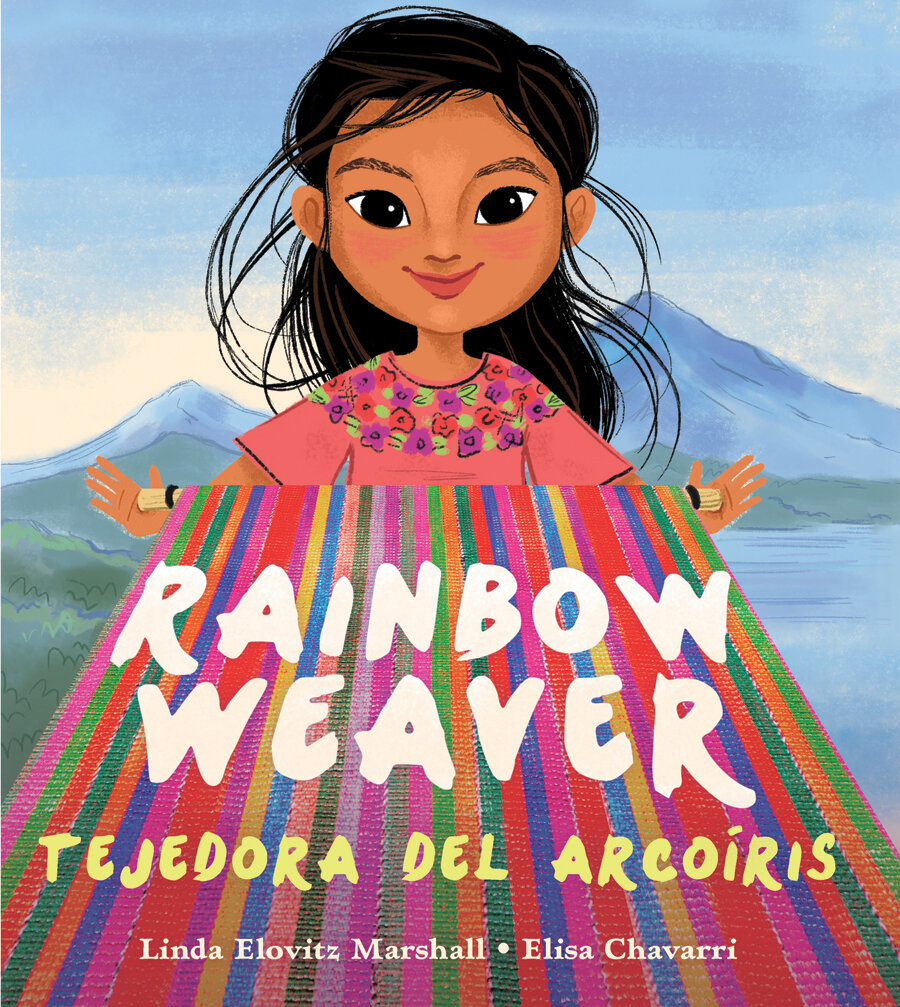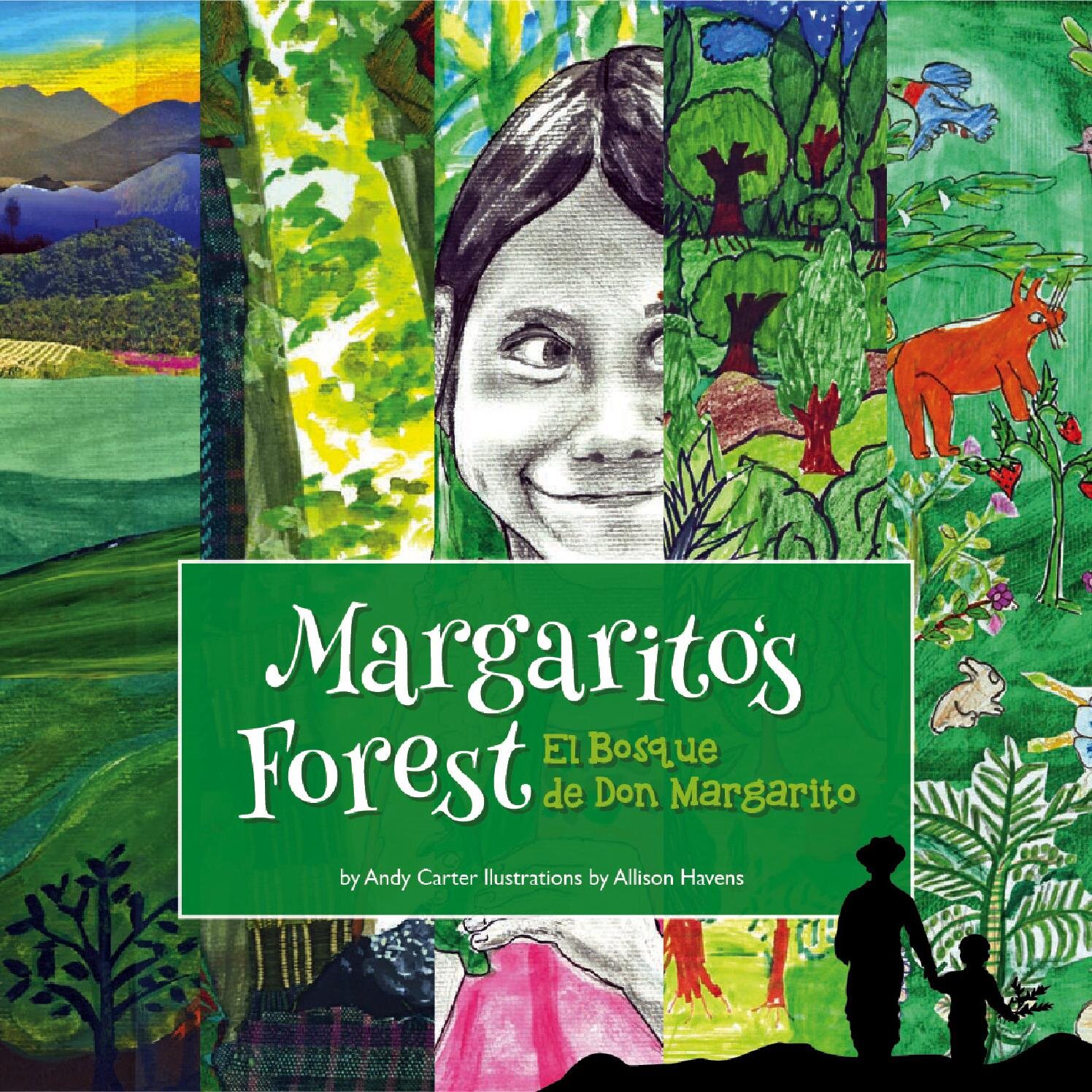Teaching Ideas- Elementary
Also see: Middle/High Lessons, Teaching Stories, Central America Quiz, Poetry for Elementary, Books for Elementary, Resources by Theme
Resources by country: El Salvador, Guatemala, Honduras, Nicaragua, Panama
A Framework for Teaching Central American Studies in K–12
Please alert us to lessons we can consider adding to this section.
Beauty and Eco-Relationships in the Natural World of Central America
Elementary and Middle School
In this lesson, students learn about three different animals -- a bird, a frog, and a butterfly (the Motmot of El Salvador, the Exquisite Spike-Thumb Frog Plectrohyla exquisita of Honduras, and the Owl Butterfly from Guatemala). All these creatures are indigenous to Central America and help us understand the region’s ecosystems.
Leaving Home: Socratic Dialogue with Art
Elementary and Middle School
Students are introduced to noted Guatemalan artist Paula Nicho Cumez and explore the emotions of leaving home through a Socratic dialogue about a painting. This short teaching activity by Lynda Tredway can be adapted to various ages.
Cultural Identity Preservation Through Storytelling (Bilingual)
Elementary
In this bilingual Spanish mini-unit developed as part of the Central American Studies in K-12 Curriculum Project, 1st grade students learn about the migrant stories of their families, their school community, and local area through the cultural practice of storytelling through oral tradition and artwork. Students create or retell a migrant story through a written narrative, accompanying art piece, and oral presentation.
Resistance and Advocacy of Marginalized Communities (Dual Immersion Spanish)
ELEMENTARY
In this dual immersion Spanish mini-unit developed as part of the Central American Studies in K-12 Curriculum Project, 4th grade students explore the Garifuna and their history of forced migration and displacement. They also study the beneficiaries of erasure, as well as the resistance and advocacy of minoritized groups in the U.S. Students create a multi-media collage representing a minoritized group and their journey of resisting erasure in the face of oppressive systems.
Wilfredo: Un Nino de El Salvador
ELEMENTARY SCHOOL
Wilfredo: Un niño de El Salvador / A Boy from El Salvador is a 45-page free, downloadable bilingual book for children about the experiences of a 12-year-old boy in San Francisco who immigrated to the United States when he was 10. Read how third grade teacher Andy Grayson introduced this book to his students.
Teaching Early Grade Literacy to Migrant Children from Central America and the Dominican Republic
ELEMENTARY SCHOOL
Learn how to make early reading and writing culturally relevant to migrant children from Central America and the Dominican Republic using this guide. This was composed by The K-12 Outreach Program at ILAS, Columbia University, in partnership with The Central American and Caribbean Early Literacy Network of Universities (RedLEI)
Geography is History: Locate the Countries of Central America
ELEMENTARY (GRADE 4+), Middle and high school
This interactive map lesson provides students with clues based on the history and geography of Central America so that they can find and remember the location of each country.
Rediscovering America
Elementary, Middle and High School
Rediscovering America/Redescubriendo América is a bilingual collection of short stories, essays, poetry, folktales, and songs for K-12 on conquest and resistance from Latin America and the Caribbean.
Pancho Rabbit and the Coyote: A Migrant’s Tale
Elementary And Middle School
Pancho Rabbit and the Coyote: A Migrant’s Tale by Duncan Tonatiuh is one of the best books we’ve seen for children on the experiences of families forced to migrate to the U.S. to survive. In a child-friendly format, the story addresses the push factors, the hardships caused by family separation, the dangerous journey through Mexico, and crossing the border. The Consortium of Latin American Studies Programs (CLASP), on behalf of the Américas Award, produced an extensive teaching guide to accompany the book written by Katrina Dillon in 2015.
Rainbow Weaver/Tejedora del arcoíris
Elementary
Rainbow Weaver’s charming story highlights the art, culture, and economic status of indigenous Guatemalans. Young Ixchel is anxious to learn the ancient art of weaving from her mother. She decides to make her own loom and threads from natural materials around her village, but nothing she weaves comes out right. Losing hope of creating a textile beautiful enough to sell in the market, Ixchel has a stroke of genius—to collect the colorful plastic bags that litter the corn fields and turn them into thread for her loom.
Abigail K. Dillingham, M.Ed., an art teacher in Alexandria City Public Schools, has developed a weaving lesson to accompany this book. See also our review of Rainbow Weaver at SocialJusticeBooks.org and our video review of in Episode 6 of Freedom Reads: Anti Bias Book Talk. Lee & Low Books has published a teaching guide and coloring pages to accompany this book. Read a story about families reading Rainbow Weaver at Langdon ES during Teach Central America Week.
Mama and Papa Have a Store
ELEMENTARY
Author-illustrator Amelia Lau Carling draws on memories of her own childhood as the daughter of Chinese immigrants who run a general store in Guatemala City. Through her eyes, we observe her family’s daily life, and get glimpses of the lives of other Guatemalans, including an indigenous family who takes the bus from their mountain town to buy thread at the general store and sell their wares in the market. Lee & Low Books has published a teaching guide to accompany the book.
Sopa de frijoles / Bean Soup: A Cooking Poem
Elementary
In this book, a young boy helps his mother prepare a soup the whole family will enjoy using ingredients from Mother Earth. Onions are “yellow as the dawn,” beans are like stars spread out on the “sky of the table” and the water in the pot is “as deep as a little lake.” Groundwood Books has published an activity guide to accompany this book. See also Teaching for Change’s Tellin’ Stories project guide to read aloud.
A Movie in My Pillow/Una película en mi almohada
Elementary
In A Movie in My Pillow, a lovely bilingual collection of autobiographical poems, young Jorge tells the story of how he and his father, fleeing from the war, arrive in San Francisco. Eventually, the rest of the family will join them, but for now, father and son, leaving in the middle of the night—and without saying goodbye to anyone—must travel alone. The Consortium of Latin American Studies Programs (CLASP), on behalf of the Américas Award, produced a teaching guide to accompany the book.
Margarito’s Forest / El Bosque de Don Margarito
Elementary
Margarito’s Forest/El Bosque de don Margarito is a nonfiction account of a Guatemalan man’s extraordinary devotion to the forest he loved. In addition to offering a heroic and memorable story, this picture book also enriches the range of Latinx representation in U.S. children’s literature. The story takes place in the central highlands of Guatemala, among the K’iche’ people and includes phrases in the K’iche’ language. The Consortium of Latin American Studies Programs (CLASP), on behalf of the Américas Award, produced a curriculum guide to accompany the book. Read about how an elementary school class used the book in Washington, D.C.
Abuela’s Weave
Elementary
Recommended with caveat. See book review at SocialJusticeBooks.org. Esperanza's Abuela, her grandmother, is unmatched in her skill in weaving traditional Mayan tapestries. She has shared her gift with her granddaughter, and now they plan to sell their goods at the market. However, the birthmark on Abuela's face may scare customers away. So Esperanza must cope with the city streets and find buyers alone. Lee & Low Books has published a teaching guide to accompany this story. Read about how one educator read the book and then did weaving with her students during Teach Central America Week.
Xochitl and the Flowers/ Xóchitl, la Niña de las Flores
Elementary
A young Salvadoran immigrant girl and her family are determined to become an integral part of their new community. The story of how they do so, overcoming many obstacles in the process, illustrates both the challenges and the triumphs of many new immigrants to the United States. Along the way, Xochitl (pronounced ZO-cheel) and other members of the Flores family learn that making a home involves making friends, working together, and nurturing beauty wherever you find it. Lee & Low Books has published a teaching guide to accompany this story.
Mini-Bios for Morning Announcements
Elementary
Short bios of various Central American leaders. Written for elementary school and up, they can be used during morning announcements.

















